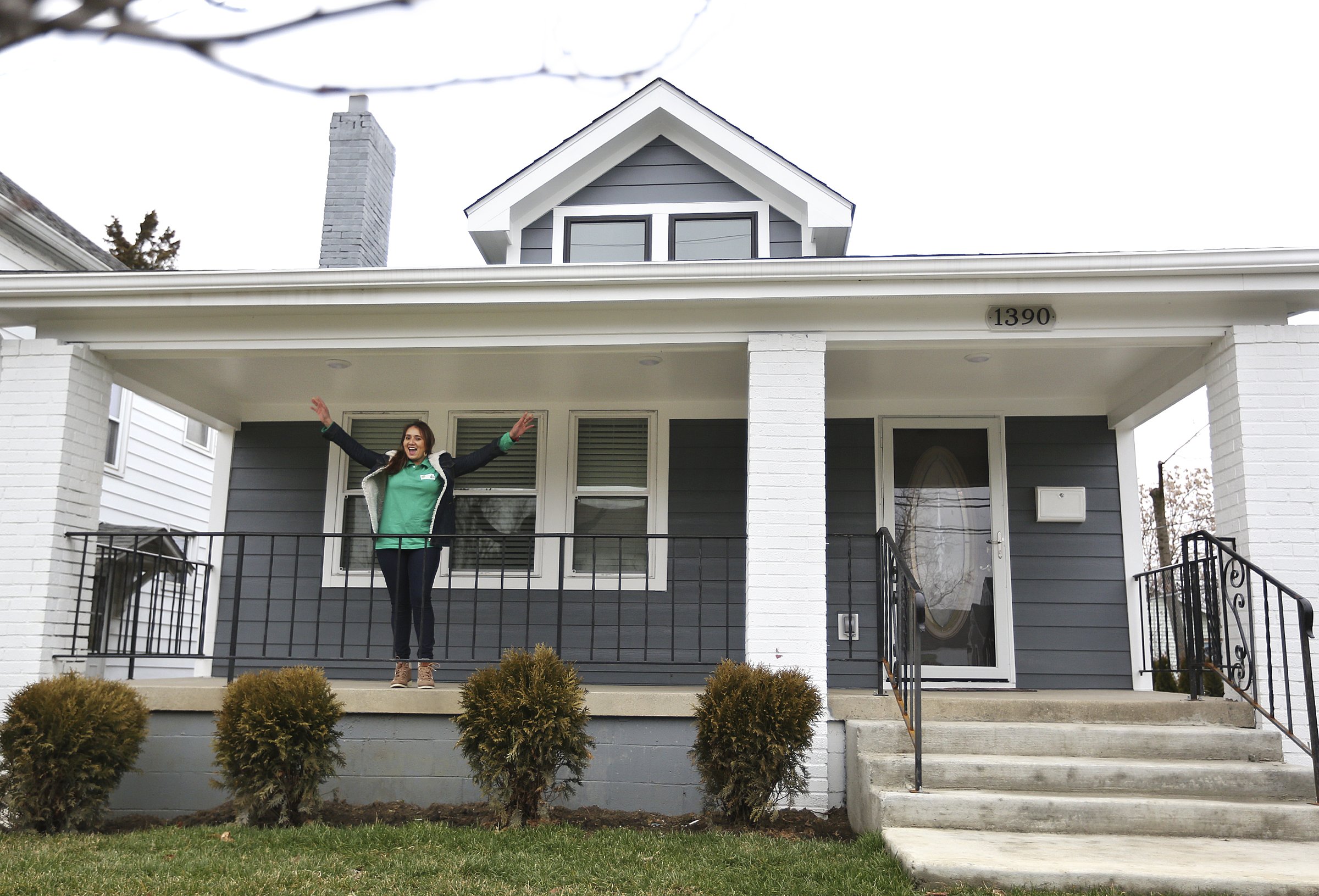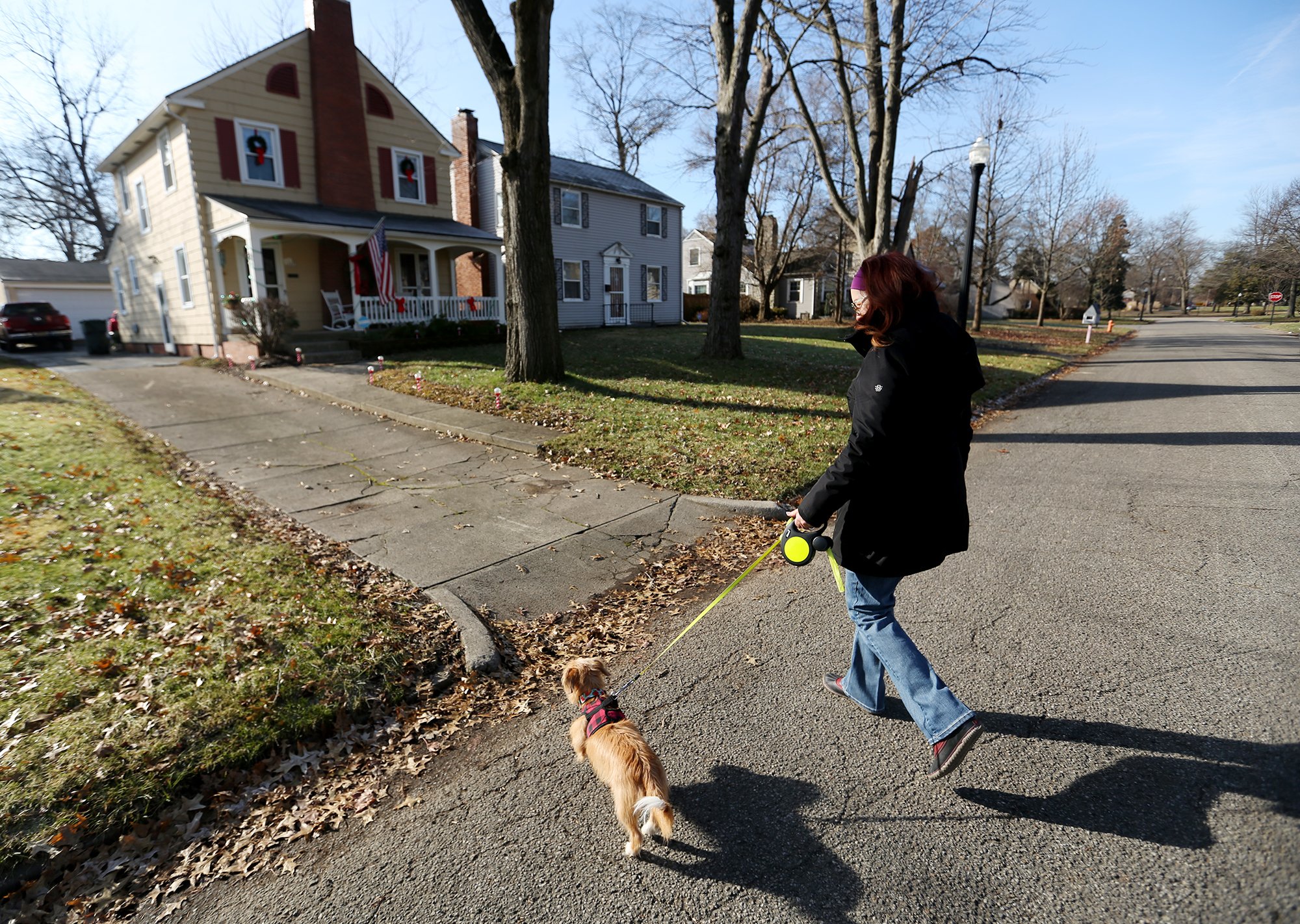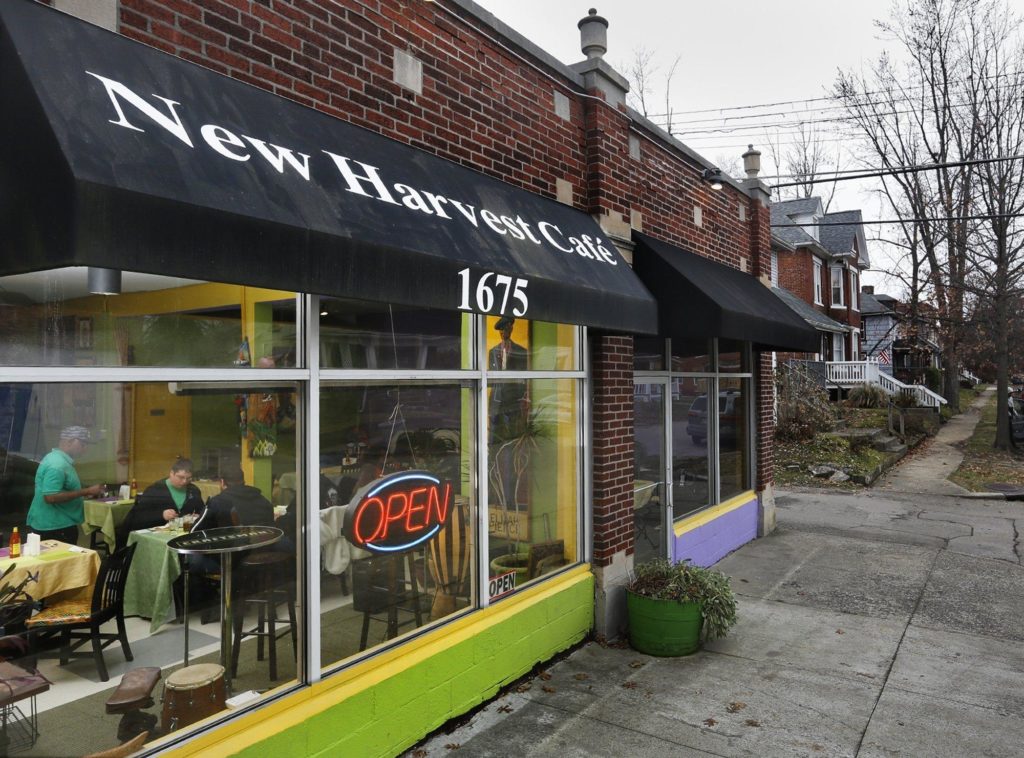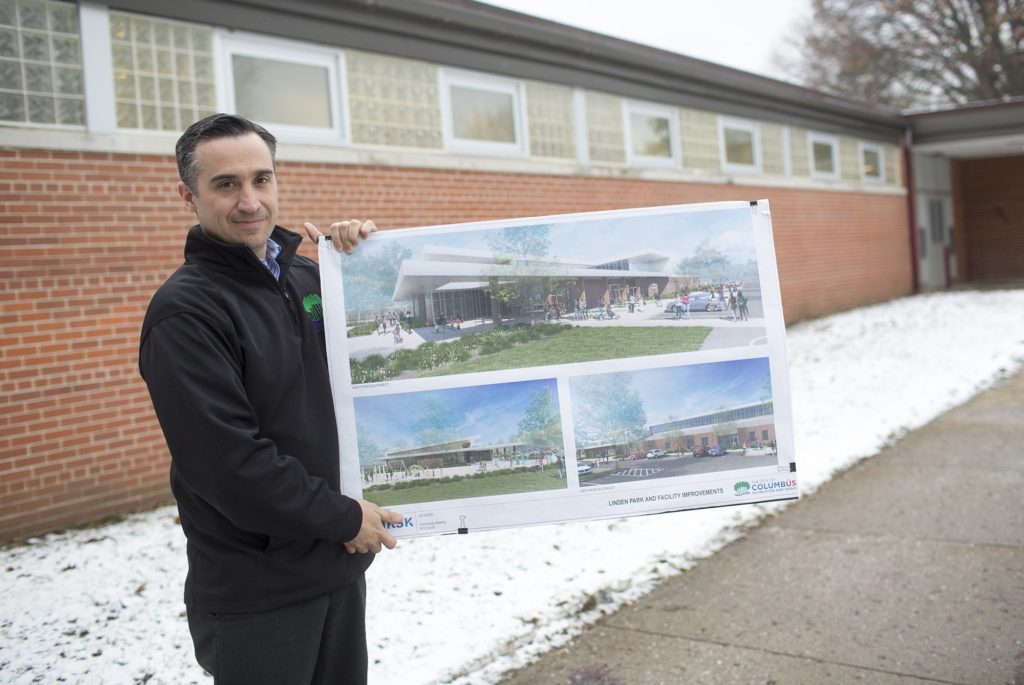LIVING IN LINDEN
Exploring a neighborhood's struggles and possibilities
Affordable housing key to a revitalized Linden, advocates say
Maria Ramirez Rivas moved into her house on Dec. 9, after nine months of remodeling that included a basement finished with a bathroom, bedroom and laundry room. The gray house stands out with its white brick columns and new concrete driveway.
Rivas is excited about the future in North Linden.
The native of El Salvador who cleans homes and commercial buildings is putting down roots in Linden. She bought a moldy, 89-year-old bungalow on Hudson Street from the Columbus land bank for $5,600 and moved from the Northland area, where she was renting.
"It was affordable," Rivas, 35, said of her new home.
That might be one of the biggest selling points for Linden now. As many neighborhoods in Columbus and its suburbs become unaffordable to many potential home buyers — think the Short North, Clintonville, German Village, and a growing area of the South Side including Schumacher Place and parts of Merion Village — neighborhoods such as Linden could become more attractive to those looking to buy.
Kenmore Park, with its unique homes and traffic circles just north of Weber Road and west of Cleveland Avenue, is seeing an influx of buyers, said Rayna Morgan, a real estate broker for e-Merge Real Estate who also has lived in the neighborhood for 18 years. She said homes there sell for at more than the asking price, sometimes $3,000 to $10,000 more if there are multiple offers.
"They're coming from everywhere, all ages, those wanting to retire, millennials," she said. "North Linden is central to everything in the city."
Homes generally are selling for about $125,000, she said.
"Property taxes are still reasonable here," said Morgan, who is also a North Linden area commissioner.
Both North and South Linden still suffer from issues long plaguing the area: blight, crime, disinvestment. Mayor Andrew J. Ginther has promised to focus city resources to help bring back Linden. In order to revitalize the area, quality and affordable housing is an obvious and important part of that equation.

Nonprofit developers have been active in Linden. Homeport, for example, has built about 70 single-family homes in or near Linden and plans to build another five soon, along with a 45-unit apartment development in the 2900 block of Cleveland Avenue across from New Salem Baptist Church.
That $10 million in construction could be a catalyst for future development, said Bruce Luecke, Homeport's president and CEO. The developer will apply for low-income housing tax credits to help finance construction for the apartments and five houses.
Luecke said three or four projects could get the ball rolling in Linden, not only to help spur more housing development but also retail.
"What will help them is projects like ours," Luecke said.
Steve Schoeny, Columbus' development director, said it's difficult to draw private builders to a neighborhood such as Linden because it costs more to build a house than builders can get when selling it.
It's going to take some time for private builders to sink their money into Linden, said Boyce Safford, executive director of Columbus Next Generation Development, a nonprofit group the city formed in 2012 to buy properties in the area to market to developers.
"You have to put your arms around vacant and abandoned housing, reposition that property," Safford said. "You've got to take it, gradually make it work.
"It's the same model that's worked on the South Side and the Weinland Park neighborhood near Ohio State University, he said.
Safford's group controls 2.6 acres near Cleveland and Myrtle avenues, where it has demolished a blighted and vacant commercial building to redevelop the land.

The city's tally of vacant and abandoned properties in North and South Linden for 2018 won't be ready until January. In 2017, the city counted 884 of them, down from a high of 1,388 in 2013.
The city's land bank controls 349 properties in the Linden area, mostly vacant lots in South Linden. Habitat for Humanity is building on them, including eight houses along Myrtle Avenue.
One five-bedroom, 2 1/2-bath vinyl-sided house Habitat is finishing on Myrtle is an example of why it is difficult to attract private-sector developers to Linden. It cost $170,000 to build the house, but the market value is likely to be about $125,000, said E. J. Thomas, CEO of Habitat for Humanity-MidOhio. "They have to be subsidized," Thomas said.
So far, Habitat has invested $12 million in Linden, with another $10 million planned in future years, Thomas said.
Other factors are helping Linden, too, Schoeny said. One is the CMAX rapid-transit bus serve along Cleveland Avenue, with connections to Easton and Ohio State University. Also, Lime placed its "first-mile, last-mile" dockless bicycles in Linden, clustering them at bus stops. And electric scooters have made their way there.
"It's kind of one of the hidden secrets of Linden. It is a neighborhood where you have transportation options," Schoeny said. "Take the bus, ride a bike, grab a scooter."
Better, affordable housing could help reverse a decades-long trend of population losses for Linden. In 1960, the populations of North and South Linden totaled 54,745. That plunged by about a third to 35,376 by 2010, although the numbers might have stabilized and are climbing again, to an estimated 35,889 in 2016, the most-recent figure available.
And while steps are being taken to lure new residents to Linden, others have lived there for years and have no plans to leave.
Stephen Garbe, 60, bought his Kenmore Park home in 1999. He said he had a budget in mind, and bought it for a little less than $100,000. What attracted him? Simple things such as wood floors, a big porch and a laundry chute.
This month, the home was festooned with holiday decorations, including red ribbons on the porch railings and wreaths hanging on the second-floor windows.
His wife, Julie, 59, said neighbors keep each other informed about neighborhood happenings. They've gone door-to-door singing Christmas carols.
She believes that TV news reports on crime in Linden can create misconceptions of what reality is like there.
"These shootings can happen anywhere," she said, adding that she doesn't feel unsafe.
Morgan, the real estate agent, said she considers Kenmore Park's housing stock to be similar to that of the Westgate neighborhood, an area of well-maintained homes in the heart of the Hilltop just south of West Broad Street where home prices also have risen.
"Affordable housing is key to a comeback," she said.
Editor's note: A previous version of this story misstated that Rayna Morgan's place of employment.


